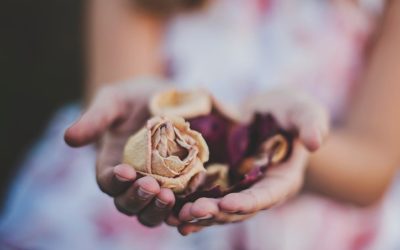Here in America and in most of Canada, we have funeral traditions that have stood the test of time for decades, even centuries.
But our traditions are vastly different from those in other countries and cultures.
This article looks at the funeral traditions of Filipino ethnic groups and is part of a series that highlights how different cultures care for their dead. Other parts of the series are about Kikuyu people of Kenya funeral traditions and Danish funeral traditions, among others.
Note, these traditions may vary depending on the individual and their own beliefs.
Apayao
The Apayao wrap the deceased in a mat, and their immediate male family members carry them on their shoulders. Then, they place items in the casket that can help the deceased on their afterlife journey, such as a spear or shield for protection. For the burial, they bury the deceased under the kitchen of their home or in the family’s burial location.
Benguet
The Benguet blindfold the deceased for eight days and sit them in a chair outside of their home’s entrance. They also tie their arms and legs together in the sitting position. The night before the burial, the elders perform special rituals and chant the deceased’s life story. Lastly, to send the deceased to heaven, they hit bamboo sticks together.
B’laan
The B’laan wrap the deceased in tree bark and hang them from treetops.
Cebuano
The Cebuano recite the rosary for nine days. They also have several superstitions that include not sweeping the floor of the deceased’s home. Instead, they just pick up any trash left behind. Relatives don’t bathe or comb their hair, as well.
At the funeral service, mourners don’t let their tears fall onto the casket. Adult mourners wear black and white, while children wear red so ghosts can’t find them. Before putting the casket in the hearse, the deceased’s relatives pass under the casket. Then when leaving the grave, they walk through smoke so spirits don’t follow them.
Illongot
The Illongot bury the deceased in the sitting position. For a deceased woman, they tie her hands to her feet so her ghost doesn’t roam.
Ilocos
The Ilocos think the deceased can still communicate during the preparation of the body, so they’re very careful during that process. The wife prepares the body of her deceased’s husband. During the wake, they burn a log so the smoke helps keep evil spirits away and get the deceased’s spirit to heaven. Women wear black clothing, including a shroud on their head and handkerchief on their shoulders.
Before taking the casket out of the home, they close the windows. If the casket hits something in the home while taking it out, they believe someone else will die soon. After the funeral, the deceased’s family washes their hair with a special shampoo to remove influences from the spirit.
Palaweno
The Palaweno buried the deceased in burial jars. These burial jars had human figures as the pot covers, as they represented the souls riding the boat to the afterlife. The figures also were usually robed and kneeling and some steered with paddles.
Sagada
The Sagada hung caskets from mountain cliffs and some still do today. By doing this, they believed it brought the deceased closer to heaven. The elderly also carved their own caskets.
Tagalog
The Tagalog bury the deceased in hollowed-out tree trunks. When someone is dying, they pick out their tree for the tree burial. Traditionally, they buried the deceased in limestone sarcophagi with a likha statue.
Tinguian
The Tinguian dress the deceased in nice clothing and sit them in a chair for several weeks. They also make light tobacco between their lips.
What do you think of the funeral traditions of these Filipino ethnic groups? Share them with us in the comments!





0 Comments